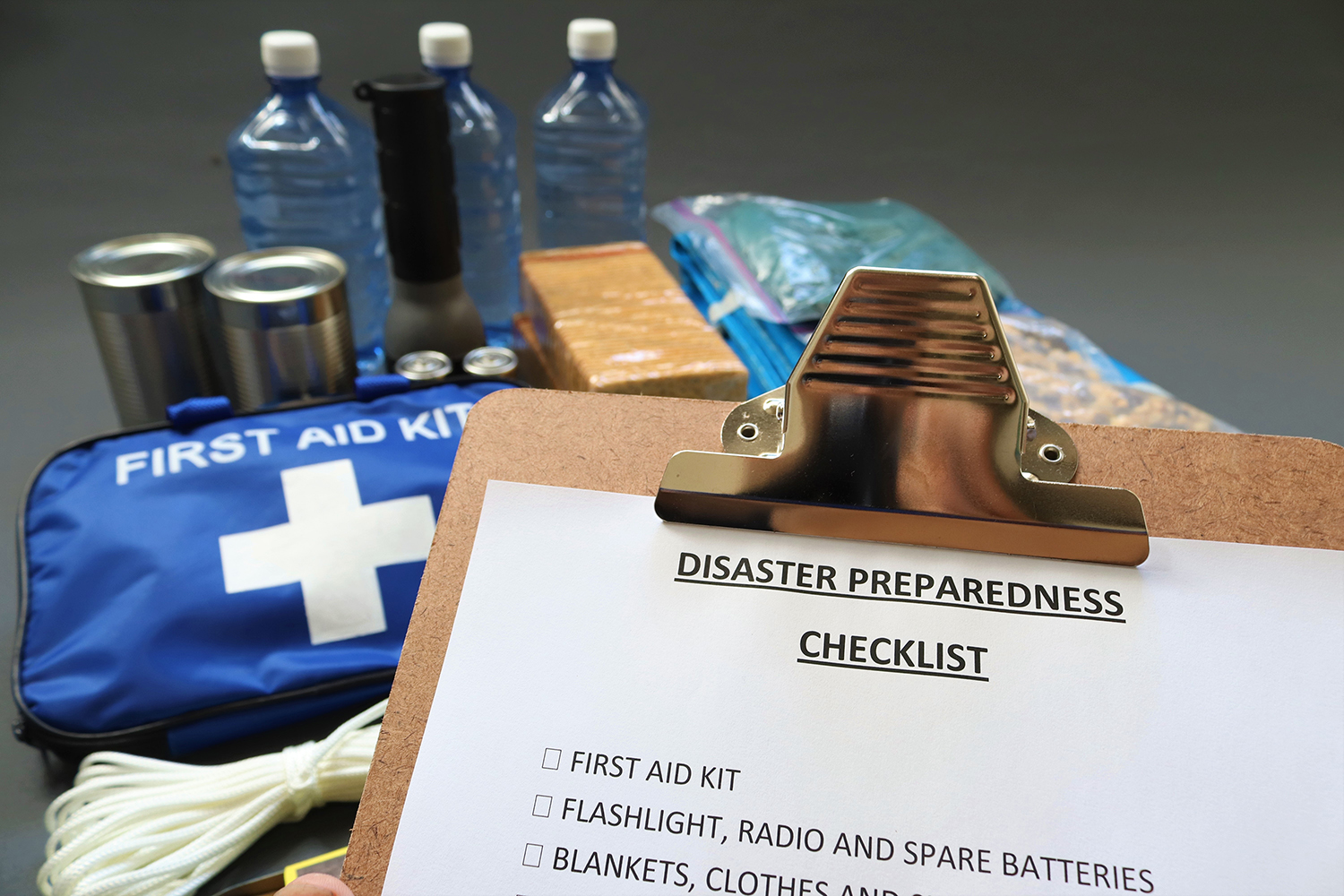Major Earthquake Preparation for the Bay Area
Return to Blog
Categories: Essentials Planning Residents Safety
Published 10/17/2019
Today is the 30th anniversary of the Loma Prieta earthquake, the 6.9 tremors stuck October 17th, 1989 shortly before game 3 of the World Series concern with the safety between the Oakland Athletics and the San Francisco Giants. With concern for your safety and well-being, we will update you with quake-related coverage and how you can be best prepared for forthcoming devastating Earthquakes.
Are you ready for the next major Earthquake?—You should be!
The Earthquakes that occurred in 1906 and 1989 will happen here again. Possibly bigger this time around, and sooner than you think. Which is why TODAY is the right time to get your emergency earthquake kit ready.
If you already have one, that’s terrific! Update it with new suggested items. Majority of what you need you might already own at home.
The Northern California Earthquake Data Center and numerous Earthquake Experts recommend people to be self-sufficient for at least three days. After a major natural disaster the services we need to survive—running water, available transportation, refrigeration, and connectivity—may be unavailable from 3 days up to 3 weeks.
Closets close to exits, crawlspaces under staircases, and under bed frames are a few common easily accessible locations to store your household disaster kit. Larger contents can go inside a watertight container (or large plastic garbage can with a lid and wheels). ACGOV.org has plenty of information as to what you should include in your kit.
Your basic emergency kit should include these essentials:
· Water: one gallon per person per day
· Food: non-perishable, ready to eat, or requiring minimal water
· Manual can opener and other cooking supplies
· First-aid kit and instructions
· Plates, utensils, and other feeding supplies
· Flashlight with extra batteries
· Fire extinguisher
· Water and food for your pet
· Pet carrier
· Paper and writing utensils
Useful items to have:
· A copy of important documents and phone numbers
· Warm clothes and rain gear for each family member
· Sturdy shoes
· Heavy work gloves
· Unscented liquid household bleach and an eyedropper for water purification
· Personal hygiene items like toilet paper, feminine supplies, hand sanitizer, and soap
· Plastic sheeting, duct tape, and utility knife to cover broken windows
· Tools such as a crowbar, hammer, nails, staple gun, an adjustable wrench, and bungee cords
· Blanket or sleeping bag
· Large heavy-duty plastic bags and a plastic bucket for waste and sanitation
· Cellphone charger (portable battery pack or car plug-in)
One recommended part of your disaster kit is a go-bag, something to carry on your body if needed. Put the following items together in a backpack or another easy to carry container in case you must evacuate quickly. ACGOV suggests preparing one go-bag for each family member.
Suggested items include:
· Flashlight
· Radio (battery, hand crank, or solar operated)
· Batteries
· Whistle
· Dust mask
· Pocket knife
· Emergency cash in small denominations
· Sturdy shoes, a change of clothes, and a warm hat
· Some water and food
· Photos of family members and pets for re-identification purposes
· List of emergency point-of-contact phone numbers
· List of allergies to any drug (especially antibiotics) or food
· Copy of health insurance and identification cards
· First-aid supplies
· Toothbrush and toothpaste
· Extra keys to your house and vehicle
· Any special-needs items for children, seniors or people with disabilities. Don’t forget to make a Go-bag for your pets.
Be sure to make a plan with friends and/or family. And do it as soon as possible! The most important updates you can receive during a natural disaster will come from Wireless Emergency Alerts (WEA’s) sent by your state and local public safety officials and the National Weather Service.
